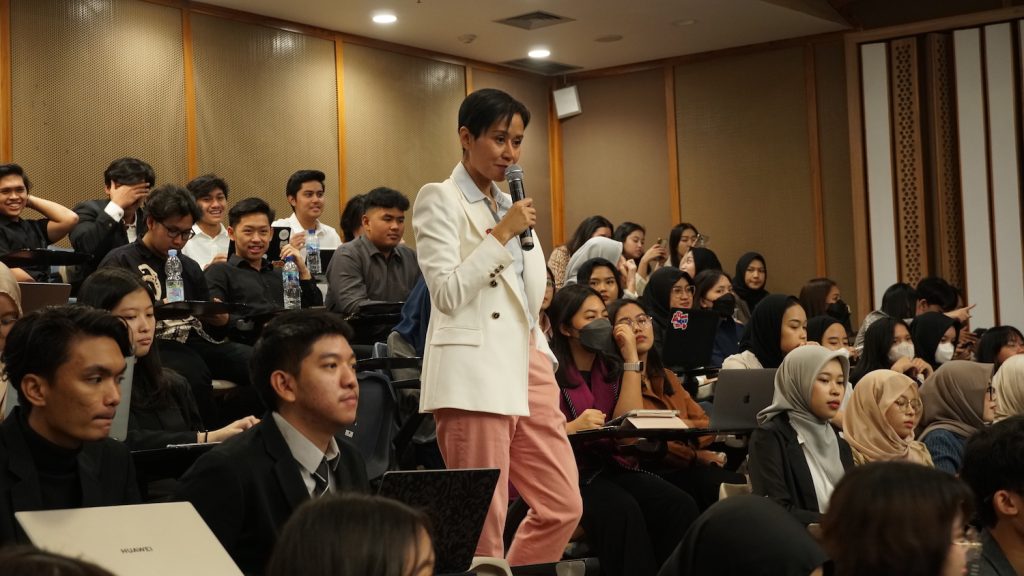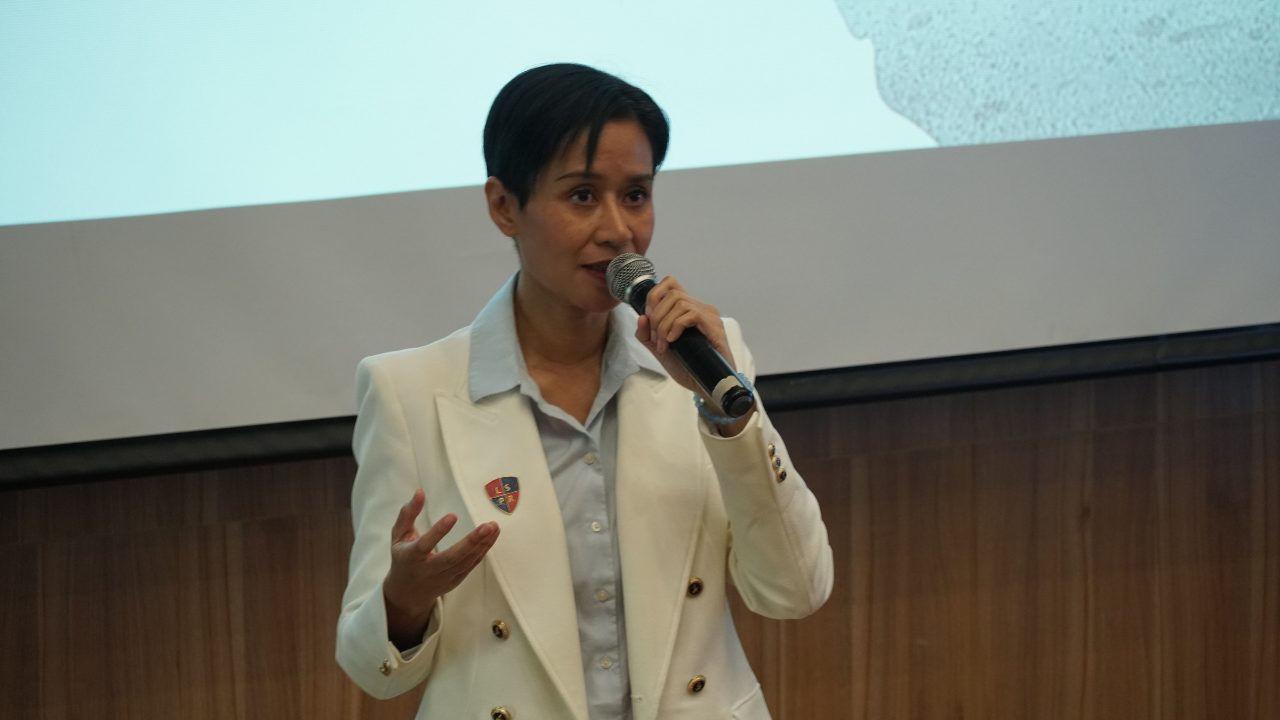Dress codes and ethics play a crucial role in the professional world. From the way we communicate and dress to how we present ourselves, they leave an impression of our character.
This notion was emphasized by Maylaffayza Wiguna, S.Sn., M.Sn., Assistant Head of Performing Arts and Communication at the London School of Public Relations (LSRP), during a guest lecture on Communication and Negotiation for SBM ITB students on July 20, 2023. The course focuses on studying professional grooming, business etiquette, and personal branding.
Business ethics refers to a set of rules that govern how individuals interact in the business world, whether it involves customers, suppliers, or internal and external stakeholders. Essentially, business ethics involves projecting the right image and behaving appropriately.
Ethical conduct can be practiced in various communication channels in the business world, such as telephone conversations, email correspondence, social media interactions, WhatsApp messages, and online meetings. Moreover, personal appearance is a significant factor that exudes an aura and leaves an impression on others.
According to Maylaffayza, appearance shows three aspects: personality, professionalism, and credibility. How a person dresses formally and gives off a serene aura shows the image and self-esteem of that person.
Additionally, building a positive self-image is crucial for creating a trustworthy impression. Therefore, it is essential to take care of oneself in terms of clothing, attitude, gestures, and behavior.
Most offices have five clothing types that are used in everyday life. First, business formal, which is used for official and formal events. Usually, people wear a suit, tie, and blazer, as well as heels for women. Second, the business type, clothing is more formal for conservative or company activities such as skirts, dresses, etc. Third, business casual, often used in offices daily, still wearing shirts or trousers, but the color or style adjustments are still relaxed. Fourth, smart casual, using an outer jacket or something but not in the form of a jacket or blazer; pants are also quite free of material but not jeans or shoes like sneakers. The fifth is casual, informal clothing, free and can be worn outside the office, like jeans, t-shirts, and even sandals.
Besides clothing, body language must be carefully considered, including expressions, eye contact, gestures, and body postures. The ultimate goal of all efforts in self-appearance and behavior is personal branding, which involves creating a distinct and positive professional identity for oneself.
Personal branding enables individuals to showcase their skills, values, and personality, enabling them to stand out and make a positive impression on others. It’s about differentiating oneself and creating opportunities in one’s career or area of interest.





